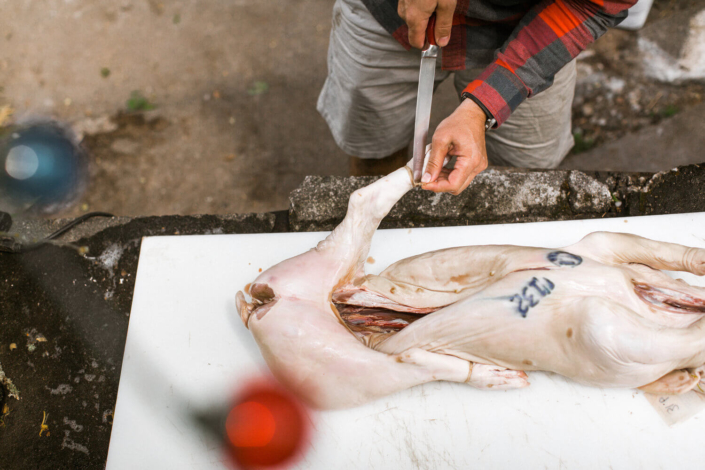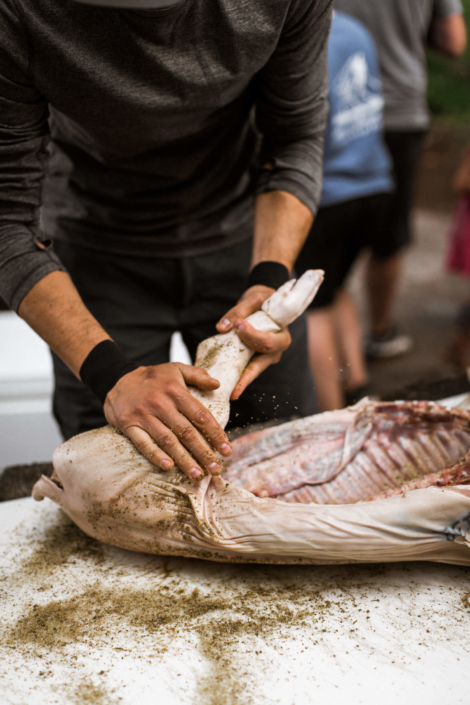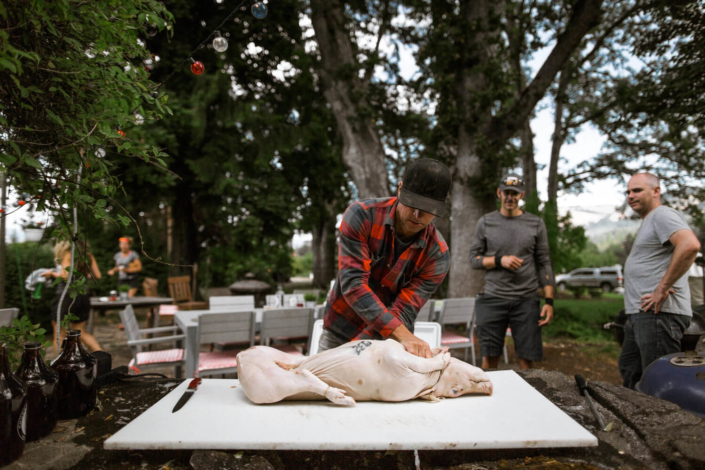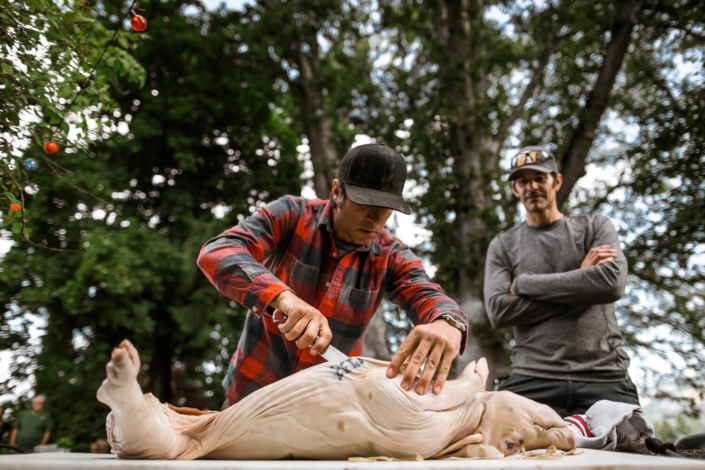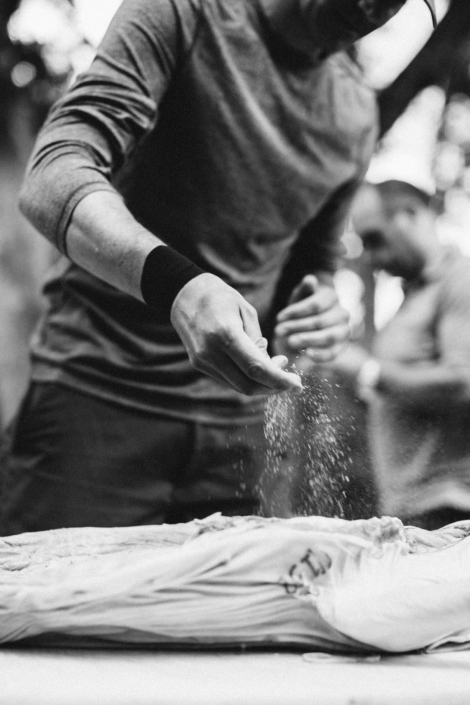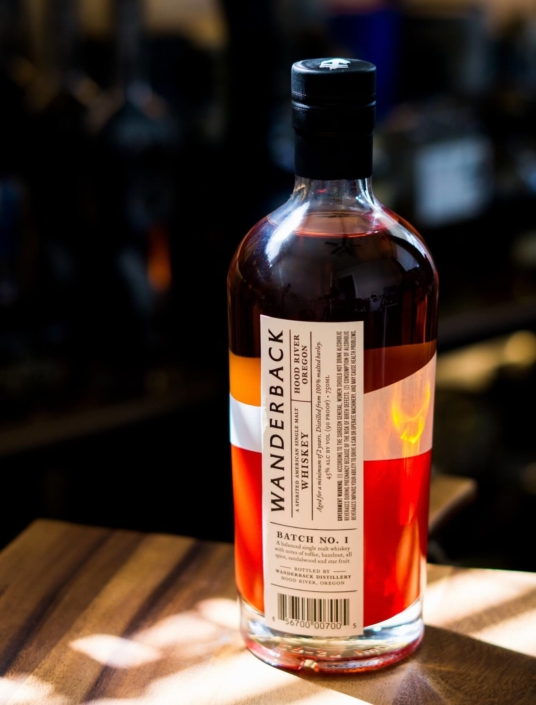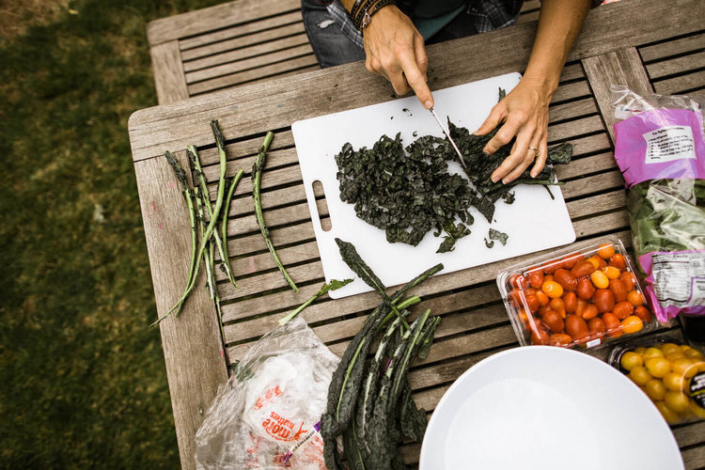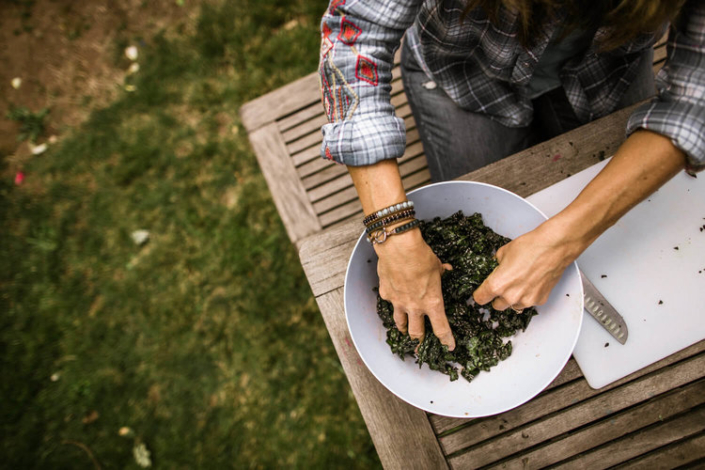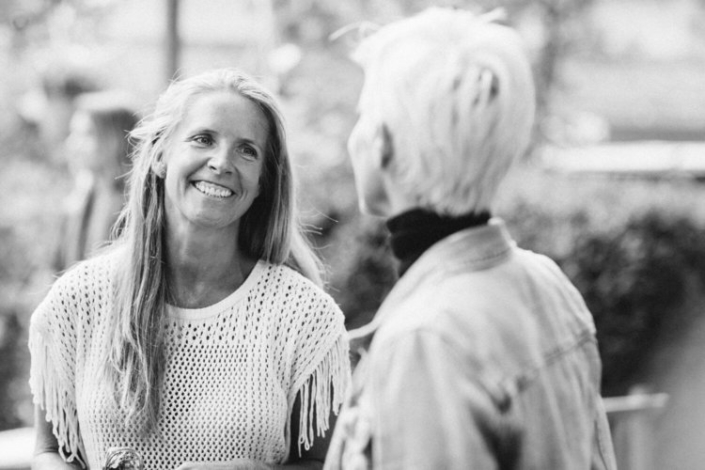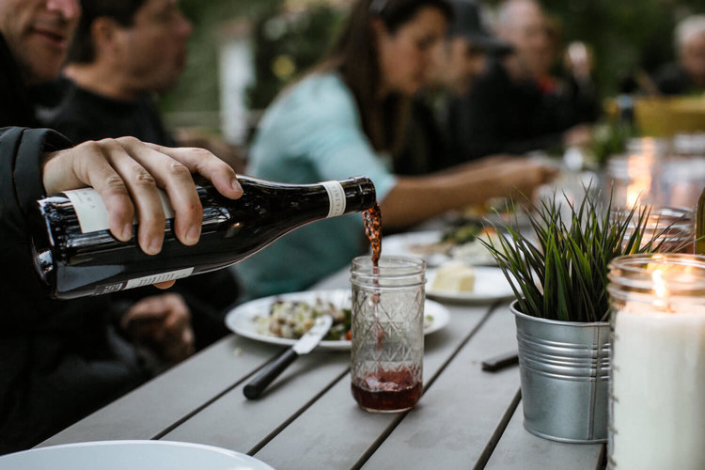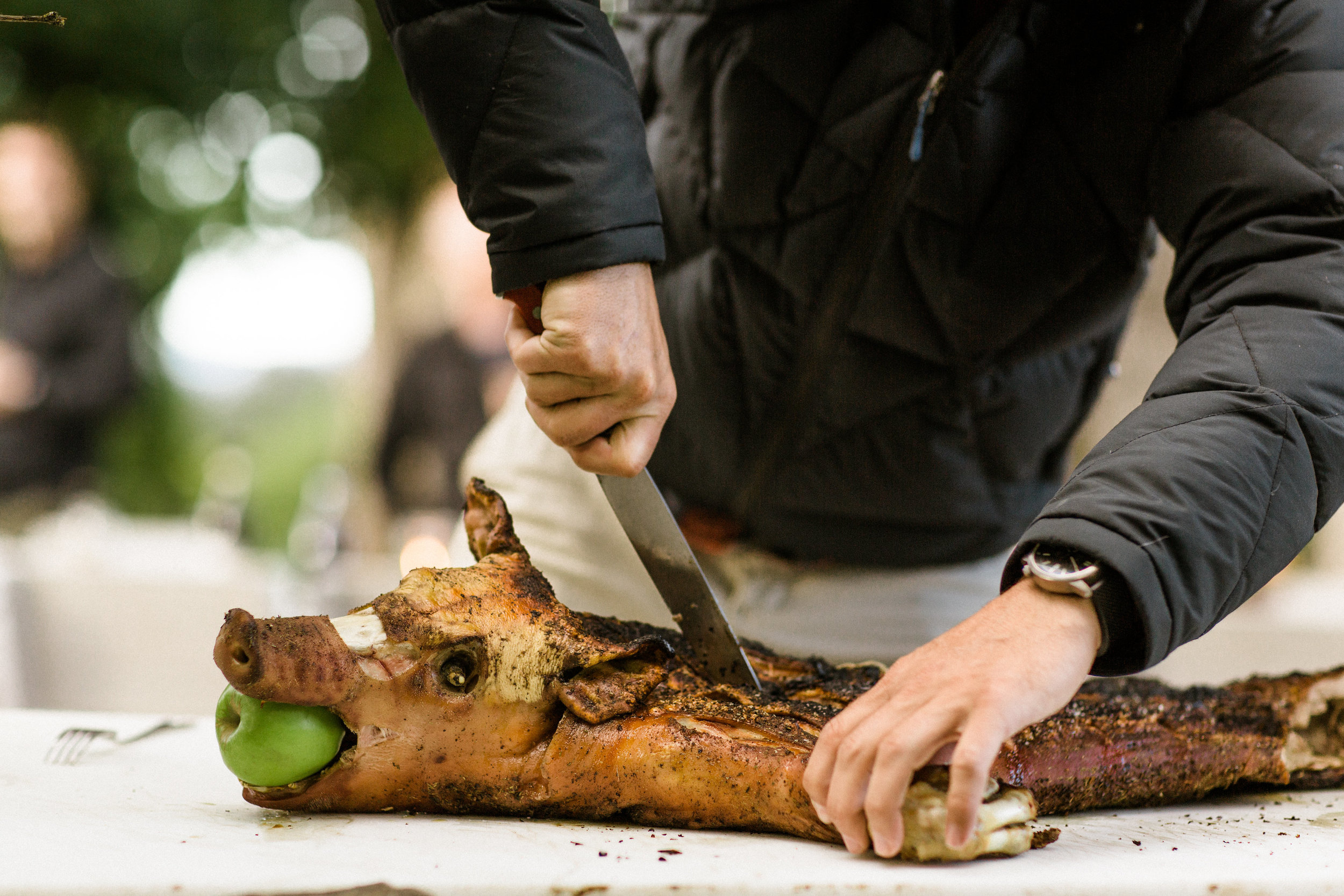
Phil, our Founder, loves to reward friends and family who help him bottle Wanderback Whiskey with his amazing pig roast, which typically feeds 40-50 hungry minds and mouths. We interviewed him as part of our new #MeetTheMaker Instagram series and learned that there’s more than one way to roast a pig…but he’s perfected the process.
First things first: the chef needs a drink! Nothing goes better with preparing feast than a cold whiskey cocktail (we suggest using Wanderback, of course). Phil’s favorite for a hot day out cooking is a Blood and Sand. We’ve got the recipe here and there’s more to it than just the ingredients; its teeming with an elusive history and a story that goes way back. Once your cocktail is in hand, sit back, sip some Wanderback, and over to Phil for the details…
“There are lots of ways to roast a pig. After much research, and trial and error, I’ve found success numerous times with this method below. It seems to consistently produce the best results for me. Hopefully, this can help you avoid some “pig roast pitfalls.”
PREPARE!
To pull this off, here’s what you’ll need: a whole pig, a roasting container, space to season and prepare the animal, as well as space to place the cooked animal for carving. Crucial to your success is getting the right pig and optimal preparation:
COOKING MECHANISM “The Box Method”
The type of cooking vessel you choose is key. I have cooked the pig a number of ways, and have settled on a container called the Caja China – which is a metal lined box you cook the pig in. If you want a reliable pig roast that cuts down on time and mess, it’s a great way to go. Pre-roast preparation for other methods will be similar, but things like the butchering method may differ.
“To market, to market, to buy a fat pig…”
PIG SELECTION
Where to buy yours
Places to buy a whole pig are – believe it or not – prolific. Our current culture steers us toward buying local. I tried that once. Unfortunately, in my case, it didn’t live up to the hype. This particular place was not clean, and the animals clearly were not given enough space to roam. The amount of fat that rendered from this animal was twice what it normally would be. The lesson: always buy your pig from a reputable shop. Choose a local butcher you can meet with, and sample other meats they sell. Cash and Carry, a local wholesale grocer that caters to the restaurant industry, is a great place to buy a quality, whole pig.
Size and Quantity
Depending on the shop, you will likely need to specify a small pig (30-40lbs) or large pig (50-70lbs). The size obviously depends on the number of guests you will need to feed. Buy the small pig if you’re feeding 20-30 people, and large if you’re feeding 50 or more. You will have sides as well, so the pig can be stretched to feed more if needed.
COOL IT
Once you’ve purchased the pig, it will need to be prepared in several ways:
Make sure to ask if the pig will be sold frozen or not. If frozen, it will require a couple of days to thaw. I bought a large hunting cooler that fits the whole pig. If it’s frozen, I place it in the cooler with no ice, and check it over the course of a couple of days. Once thawed, I place ice in the cooler to prevent bacteria growth. If it is already thawed, still be sure to ice it immediately.
The Butcher, The Baker…
PIG IN A BOX Butchering for the Roast
The day of the roast, remove the pig from your cooler. Place the pig on a large enough clean table. Most often, the pig is sold with the internal organs removed. Occasionally, the kidneys are present, and should be removed, along with any other organs.
Readying the pig for placement in the box is much like butterflying a chicken: the pig will need to be cut to lie flat.
-
Cut the sternum to open up the chest. This sounds crazy, but really isn’t a big deal.
-
Next, the hips and shoulders of the animal need to be cut to allow the animal to lie flat. Having another set of hands helps. Move the upper or lower limb to see where the shoulder or hip joint is located. From inside the body cavity, use your knife to cut open the joint. Be careful not to cut yourself! Cut the joint while using the other hand to force the limb flat. You will know you’re cutting the joint because its resistance will decrease, allowing you to place the limb flat. Repeat for all four joints.
-
Place between the mesh steel racks to sandwich the pig and keep it in an open butterfly.
‘TIS THE SEASON
Seasoning your pig is essential, and simple. I do a dry rub of salt, pepper and garlic the day before roasting. You can also include fresh herbs from your garden or CSA. Combine rub ingredients in a bowl. Generously spread the rub on both the skin and cavity side of the pig and place back in the cooler. Having the pig’s skin fairly dry first will help the seasoning adhere and absorb into the skin and meat.
IT’S TIME TO ROAST!
Now, it’s time for the fun part! The Caja China is a steel lined wooden box, and cooks much like a giant dutch oven. The heat source comes from heated coals on the top. This method cuts time in half (just 4-4 ½ hours) and really retains the moisture. To roast, place the pig with the bone side facing the heat [lid], then finish in the last hour with skin side facing the heat.
You’ll need nine pounds of fir wood briquets for the entire process.
-
Cover the top with a layer of glowing coals.
-
Once the coals begin to turn to ash and break down, you’ll begin adding new coals in intervals to keep the cooking process and heat even.
-
Refresh the briquets for the first three hours, decreasing frequency to every half an hour for the final hour. The weight you add each time will vary depending on the size of the pig. Cooking time varies.
-
To finish the pig, eliminate the ash at the bottom and return the final, fresh burning coals to the top to get the finishing heat.
PIG PAIRINGS
What you serve with your pig is personal preference, but here are some of my personal favorites: corn, sweet rolls, any roasted vegetable (leave skins on for best flavor and moisture!), roasted carrots, brussel sprouts, asparagus. TIP: These are best cooked in a cast iron pan placed on the embers of the box!
Wine: I love to pair a local red wine when the roast is served. Some personal favorites are from our neighboring wineries in Hood River, hiyu 2016 Arco Iris and the Blue Chip Pinot Noir from Wy’East.
SAUCES
I recommend serving with sauces that play with spicy and sweet. Tangy sauce, chimichurri, or tomato salsa go great with everything! Click here for my favorite chimichurri recipe from farmer turned foodie Andrea Bemis at Tumbleweed Farms, located just up the road from us in Parkdale, OR.
MAKER MIXOLOGY
Of course, nothing goes better with preparing feast than a great cocktail made with Wanderback. My favorite is a Blood and Sand. With a bit of mystery in its history, this somewhat elusive cocktail is an unexpected delight with its spicy and sweet profile. Click here and sign up for my cocktail recipe.
Don’t have your own Wanderback yet? Find a Wanderback store near you.
Sign up to receive the latest Wanderback news and information on new releases.

Sign up to receive the latest Wanderback news and information on new releases.


